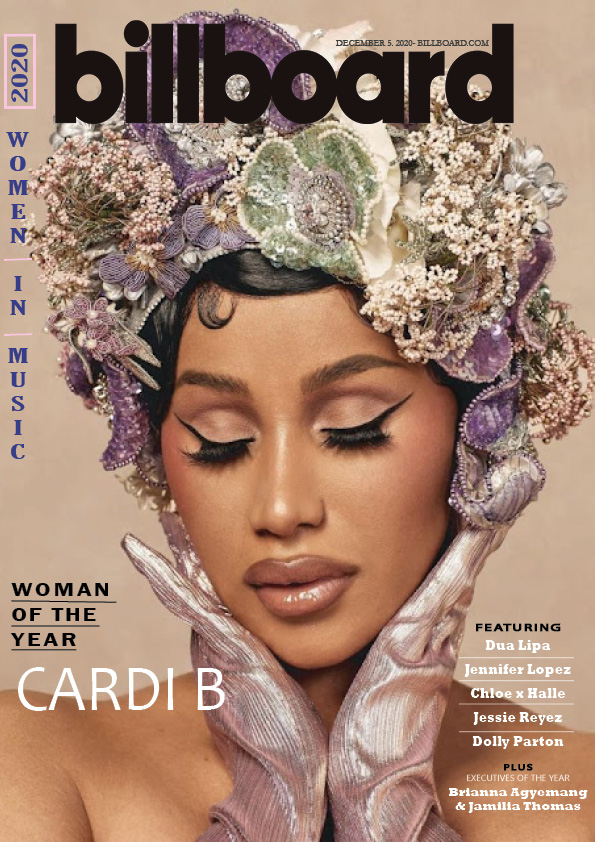I have researched lot’s of different genre of music and the conventions of a magazine that comes along with the genre, in the end I decided to do pop music which is the genre I listen to the most and have lots of knowledge about. My idea is to make my magazine mainly women oriented, I’m aiming to have a feel good, fun, fashionable magazine which mirrors the pop genre. It will mainly target a young, teenage, female demographic with a more fun yet not too childish feel.
For deciding the name, I have chosen “Eleven” which originally was just a random idea as it was my lucky number, however with further research the number has great, fitting connotations according numerology “Individuals who are gifted with the number 11 in numerology are most likely to excel in the fields of philosophy, art, music, as well as entertainment.” This suits the purpose and the contents of my magazine as I will be showcasing the individuals who have excelled in the music and entertainment industry.

I created this word cloud including some content I will include in my magazine as well as some word that connote the overall feel I’m aiming to create for my magazine which reflects the pop genre. Blumler and Katz agreed that there are 4 main reasons why people engage in media: entertainment, information/education, social interaction and reinforce their personal identity. So by following this uses and gratification theory, I should be able to maximize sells and attract my target audience. So my magazine should provide entertainment through some interviews with the artist, information by tour/concert dates, social interaction perhaps by letting the audience pick questions to ask the next music star and reinforcing their personal identity by showcasing the fashion they are wearing.
It is vital to create a mission statement which is a statement that establishes the purpose of the brand and what they want to achieve. Elevens mission statement:
At Eleven, one of the leading teen-pop magazine in the Uk, our aim is to share the love and passion our community have for pop music. Eleven showcases those who has excelled in the pop entertainment industry, those who’s gift is music, those who’s passion shines through their work. We will deliver you: rising stars, the legendary icons, exclusive interviews, shocking scandals, new music, the latest trends and fun fashion advice. You will get an inside look on the lives and the stories behind your favourite pop stars and their music- what’s more to love!
If I had to chose 5 words to sum up my brand, I would pick:
- Fun
- Exciting
- Trendy
- Colourful
- Upbeat
Focusing forward, now that I have chosen a genre, magazine name and established the purpose, I can now start thinking about the design of the magazine and model of who I’m going to use as my main cover star. From the research, I now know the design will be fun colours like pinks and blues which is very conventional for a pop magazine, as well as looking into the mis-en-scene on how I chose to present my main cover star.







